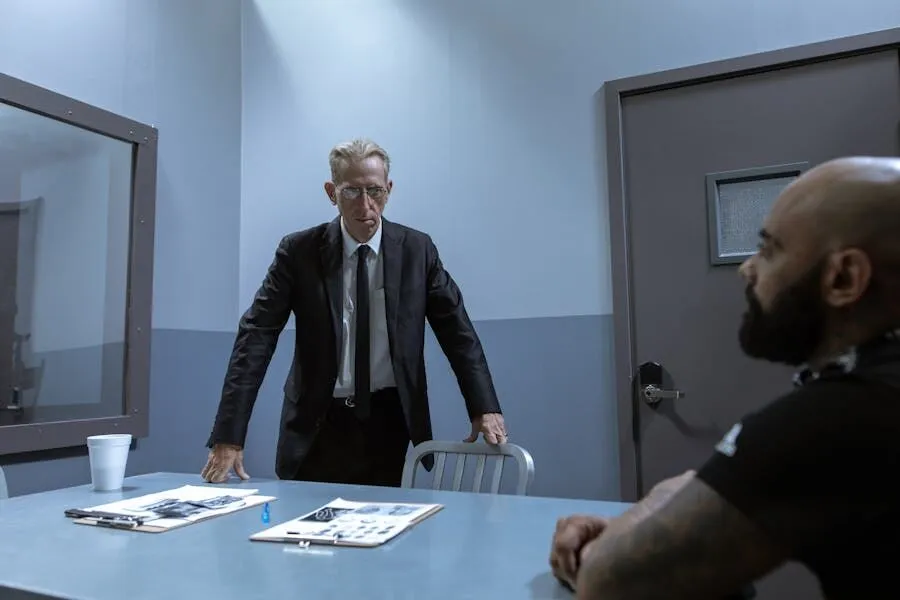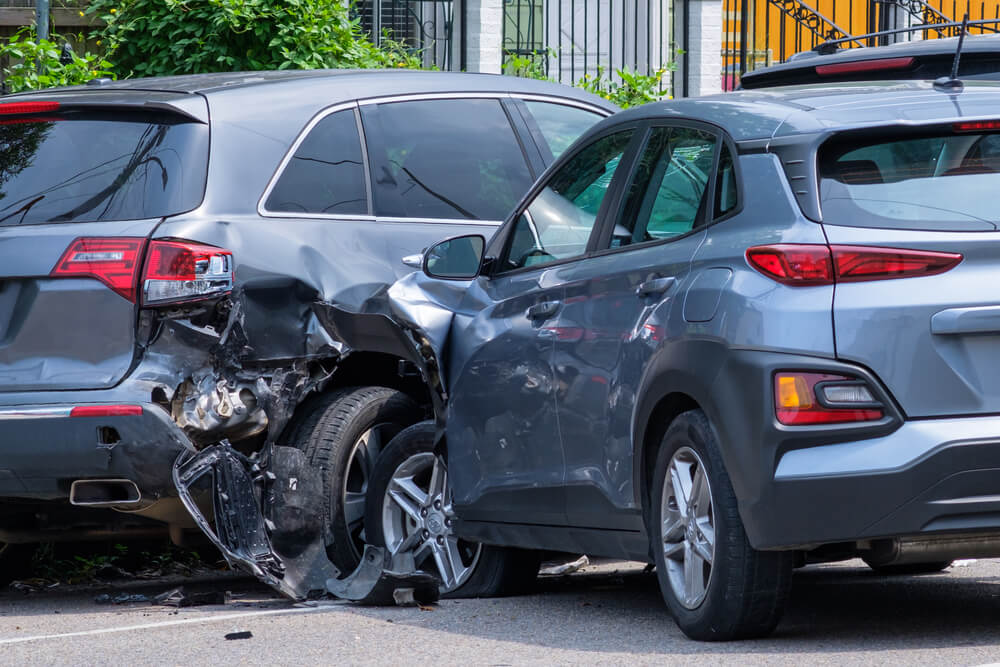Video footage is often seen as definitive proof in a criminal case, but the legal reality is far more complex. The answer to “Is video evidence enough to convict?” depends on:
How it is obtained, presented, and interpreted under California law.
The question involves several layers, and whether the footage proves guilt beyond a reasonable doubt. Let’s go through what courts examine carefully before allowing a jury to rely solely on video.
Types of Evidence in California Criminal Cases
California recognizes two types of evidence: direct evidence and circumstantial evidence. Both are used to prove or disprove facts during a trial.
- Direct evidence proves a fact without needing inference.
- Examples:
- A defendant admitting to a crime
- A witness clearly identifying someone
- Circumstantial evidence involves indirect proof that requires the jury to make reasonable inferences
- Example:
- Forensic or video surveillance evidence may fall into this category
Video footage can be direct or circumstantial depending on what it shows. Evidence does not directly prove guilt if interpretation is required, such as unclear footage or missing context.
How Video Evidence Becomes Admissible in Court
For footage to be considered by a jury, it must meet admissibility standards under the California Evidence Code. Judges use discretion to decide whether evidence meets legal requirements before trial.
Requirements for video evidence admissibility:
- Relevance: Footage must help prove or disprove a fact that matters in the case
- Authentication: The prosecution must establish that the video is genuine, usually through witnesses or chain-of-custody records
- Proper handling: Evidence must be preserved without tampering. Breaks in custody or missing metadata can lead to exclusion
- Compliance with the Evidence Code: Courts apply specific evidence code sections regarding electronic recordings
If these conditions are not met, the video may be excluded. Without admissibility, the footage cannot be used to convict a defendant.
Limits of Relying Solely on Video Footage
Even when admissible, video alone often raises questions that prevent it from being decisive. California criminal charges require proof beyond a reasonable doubt.
The implication is that video is rarely sufficient on its own without corroborating physical evidence or testimony.
Common limitations to reliability:
- Quality issues
- Low resolution
- Poor lighting
- Obstructed views
- Identification problems
- Security camera footage may not clearly show the defendant, leaving room for doubt
- Gaps or edits
- Missing time stamps
- Partial recordings
- Interpretation concerns
- Jurors may need expert testimony to explain:
- Angles
- Distortions
- Authenticity
What prosecutors combine with video evidence to build a stronger case:
- Eyewitness
- Forensic evidence
- Circumstantial evidence
Due to the limitations mentioned, video evidence is usually one piece of evidence, not the entire case.
How Prosecutors Use Video Evidence to Convict
Prosecutors do rely on video surveillance footage to support convictions. However, the footage usually serves to corroborate other evidence.
Cases that may rely on video evidence involve:
- Violent crimes
- Theft
- Property offenses
Prosecutors may use it to:
- Establish presence at a crime scene. A video may place a person near or at the location of a crime in California
- Support witness testimony. Jurors may find testimony more credible when backed by visual evidence
- Show the sequence of events. Time-stamped footage can help outline what happened before, during, and after a crime
- Strengthen circumstantial proof. Combined with other details, the video helps build a strong defense or prosecution argument, depending on the side presenting
These uses highlight why courts rarely treat footage as enough evidence by itself. It often plays a supporting role rather than serving as the sole basis for conviction.
Jury Instructions and the Standard of Proof
The California Criminal Jury Instructions (CALCRIM) make clear that jurors must be convinced beyond a reasonable doubt of guilt. Juror decisions must rest on credible evidence that proves every element of the offense.
Juror considerations:
- Evaluate whether that footage meets the standard for proof
- The trial court may allow a conviction based on video alone
- Video evidence should constitute direct proof and leave no reasonable doubt
Under California Evidence Code § 210 and related sections, judges must weigh relevant evidence against possible prejudice or unreliability before admitting it.
If video footage is ambiguous, it may be deemed insufficient as the sole basis for conviction.
Appellate Courts on Video-Only Convictions
California appellate courts have occasionally upheld convictions based on video alone, but these cases are rare. The footage must:
- Clearly identify the defendant
- Prove all the required elements of the crime
More often, appellate decisions scrutinize whether the evidence presented at trial, especially video, was strong enough to sustain a criminal conviction.
What appellate judges examine (side by side with accompanying facts):
- Whether a rational juror could be convinced beyond a reasonable doubt
- If alternative explanations exist, convictions may be overturned
This reflects California’s careful approach:
While video can be powerful, it must meet strict evidentiary and constitutional standards.
Legal Implications for Defendants
For defendants, video can feel intimidating. It’s easy to assume that footage equals guilt. In reality, defense strategies often focus on examining weaknesses in the prosecution’s video evidence.
Strategies can include:
- Challenging authentication or chain of custody
- Analyzing time stamps for inconsistencies
- Presenting alternative explanations for the evidence
- Questioning whether the footage proves every legal element of the offense
A skilled criminal defense attorney can examine whether the footage meets California’s legal standards and whether prosecutors believe it can stand alone or requires corroboration.
Is Video Evidence Enough to Convict by Itself?
The short answer: sometimes, but not often. Courts in California may convict based on video alone if the footage is admissible, clear, and evidence required to prove every element of the crime.
However, most criminal cases rely on a combination of:
- Direct evidence
- Circumstantial evidence
- Forensic evidence
Relying solely on video creates risks for both sides. For prosecutors, weak footage can lead to an acquittal. For defendants, not challenging the footage can result in it being treated as decisive.
Strategic Legal Representation Is a Must
Whether footage shows part of a crime scene or an entire incident, video alone rarely tells the whole story. Examining its role in the larger set of facts is critical.
David P. Shapiro Criminal Defense Attorneys can assess how footage fits into the prosecution’s case, identify weaknesses, and develop a defense that accounts for California’s rules of evidence. Schedule a consultation with a California lawyer today.
This article is provided for general informational purposes only and does not constitute legal advice. Laws and legal procedures can change, and the application of law depends on the specific facts of each case. For guidance regarding a particular situation, consult a qualified criminal defense attorney licensed to practice in California.
Read More Gorod








